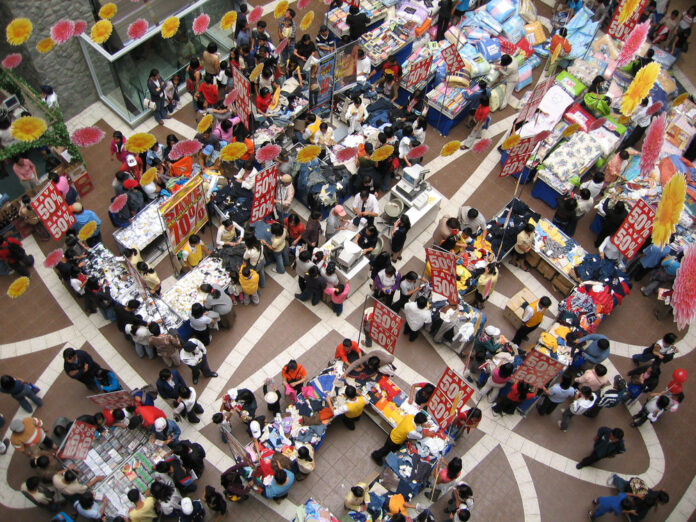Moody’s Analytics said Filipino consumers should still reel from skyrocketing prices in the first six months this year as demand continues to outpace supply in the domestic market.
In a research note, Moody’s Analytics said high inflation will prevail in the January-to-June period despite the aggressive monetary policy stance of the Bangko Sentral ng Pilipinas (BSP) in 2022.
“The Philippines is still stuck on the inflation train. Rising fertilizer prices and supply-side disruptions from bad weather put a rocket under prices. Further, demand-side pressures have gathered steam and stand to make a bad situation worse.”
Moody’s Analytics
The policy-making Monetary Board of the BSP used its opening meeting of the year to raise the policy rate by 50 basis points to 6.0 percent, setting a 15-year high in the rates at which it lends to or borrows from banks.
With cumulative rate hikes since May 2022 at 400 basis points, the BSP is one of the most aggressive central banks in the region, Moody’s Analytics noted.
“We expect inflation to peak in the first half of this year and then taper as easing global commodity prices, base effects, and higher interest rates work their way through the market,” Moody’s Analytics said.
“This will be a gradual process given the lagged effects of monetary policy on the economy,” he added.
The BSP confirmed its determination to haul inflation back to its 2 percent to 4 percent target, noting that it “stands ready to take all necessary policy action”.
“This implies that if the Philippines does not alight from the inflation train soon, more rate hikes could follow. We expect the policy rate to peak in the first half of the year and remain at the terminal rate until inflation visibly trends lower,” Moody’s Analytics said.
Last Saturday, Finance Secretary Benjamin E. Diokno said the country should be “more aggressive” in its war against inflation that accelerated to a 14-year high of 8.7 percent in January.
“The executive department, including LGUs [local government units], have to do more, be more aggressive and focused. In the fight against inflation, monetary policy is not the only game in town,” Diokno told reporters.
According to Diokno, the main sources of inflation remained on the supply side, which is the responsibility of fiscal authorities.
He said evidence of second-round effects increased, and the previous direct actions by government agencies had yet to work.
“The Executive Department and the LGUs should intensify the implementation of more direct, non-monetary measures to help address the supply issues,” he said.






